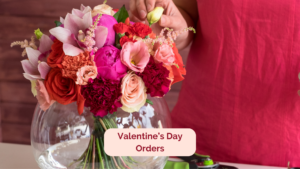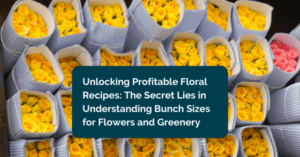How to create a boutonniere recipe with flower math? We will share an example of the boutonnier recipe and discuss the flowers, hard goods, labor, and a brief process on how to create it.
Many florists overlook calculating the boutonnier floral recipe due to the number of minimal items needed for greens and, many times, the flowers.
What Is A Boutonniere And How Do You Create It?
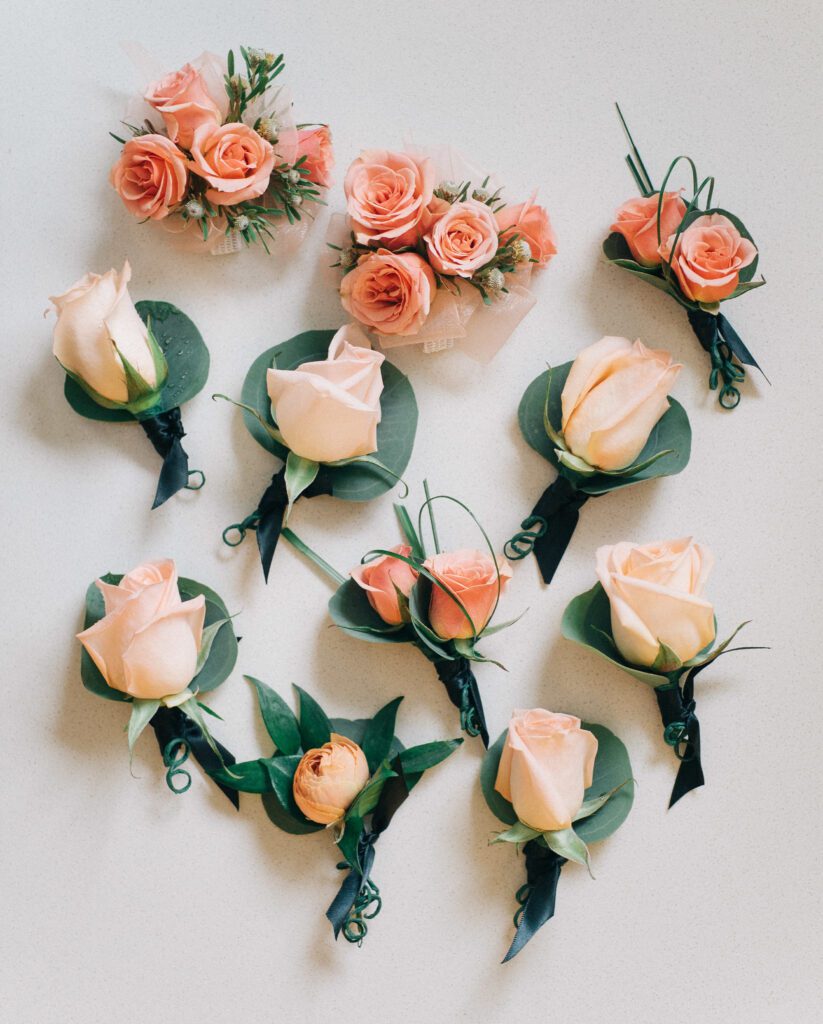
Boutonnier’s created designs worn on a tuxedo or suit jacket typically have one focal flower with some greens. Multiple flowers combined with various greens, colors, textures, lines, and forms create a floral design. Often, buttonhole is the word you may hear, referred to as boutonnier.
What Is Flower Math For A Boutonniere Or Any Other Design?
Calculating the flower’s wholesale cost by markup to get the retail price involves mathematics, which is also the same as flower math. However, the markup is what determines the profit for the recipe and project and, thus, for the florist who owns the business.
Flower Math Consists of Floral Industry Markup Calculations To Create Floral Recipe
Flowers’s markup for the floral industry is 3.5* (Times), or you can say 350% (percentage)
Hardgood’s markup for the floral industry is 2.5* (Times), or you can say 250% (percentage)
Rental Item’s markup for the floral industry is 1* (Times), or you can say 100% (percentage)
Labor’s markup for for floral industry is 2* (Times), or you can say 200% (percentage)
What Is The Floral Recipe, And More Importantly, The Boutonniere Recipe?
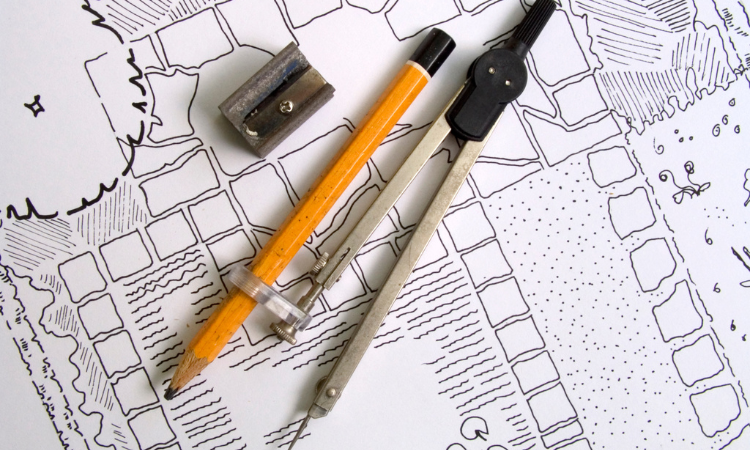
A floral recipe is much like a cooking recipe except with flowers. You have multiple ingredients coming together to create an item. So for the profitability of the florist business, each recipe consists of the exact number of items made of the right balance of design, color, and texture.
When Should The Florist Create The Boutonniere Recipe?
Usually the florist only calculates the floral recipes, using the flower math, after the floral proposal and the contract is mutually agreed upon by both parties. However, some florists will create floral recipes before booking the client and receiving the payment for their floral service.
Upon completing the flower recipe, the florist places the order for the flowers, usually two to three weeks before the event date. However, the flowers only arrive the week of the event. So the florist, floral designer, and floral designer’s assistant process the flowers and put them into the floral recipe to create the designed item.
What goes into creating a Boutonniere?
Boutonnieres are small, delicate items; thus, many florists ignore them when creating the recipe.
Why should florists try to create Boutonniere recipes?
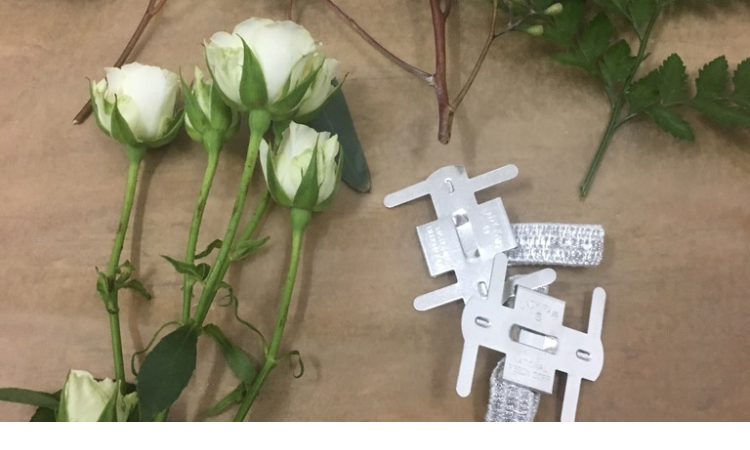
Creating any floral recipe helps florists understand the cost and retail value of the sold floral arrangement. When a florist takes time to create a floral recipe item the template recipes with all the item’s details, which will help them understand the profitability of the design.
More importantly, the florist can then delegate tasks, with precision, with the help of reports from a floral software. Having these reports such as a prep list, makes pulling the list, and sharing the instructions with the floral designer or freelancer they hire to execute the design easier and is an additional benefit of creating floral boutonniere recipes.
An Example of the Boutonniere recipe template
- 2-3 Boutonnier Pins
- 1 Boutonnier Clear Box or Bag
- $30* .2 = $6 Or you can do $30 * 15 min = $7.5
- .01 Tape Clear or Green
- 1 Wire as needed
- 1 Label
Tip on Labor:
- Add 20% Labor of the item cost ($30)
- Or add the hourly rate *2 and the time it takes to design the item
- Or add the hourly rate * the time it takes to design the item
Add the items below to the template to customize the Boutonniere Recipe
- 1 Head of chosen Flower
- 1-4 Sprig of filler as needed
- .01 Any Greens
Tip:
Add the minimal items (negligible quantities) required to all recipes to reduce back and forth between you and your designer’s communication and for the accuracy of what you designed.
Eucalyptus: Gunni Pravafalia, Silver Dollar, Seeded
Dark Greens: Ruscus, Pitt, lemon, Penny Crest) Use any greens, but ensure to add them to the recipe.
How do you prepare the boutonnier, when do you prepare the boutonnier, and how do you keep it fresh?
Searching for examples of boutonnieres? Click here to read more
In need of a floral software? Book a demo with us today!


